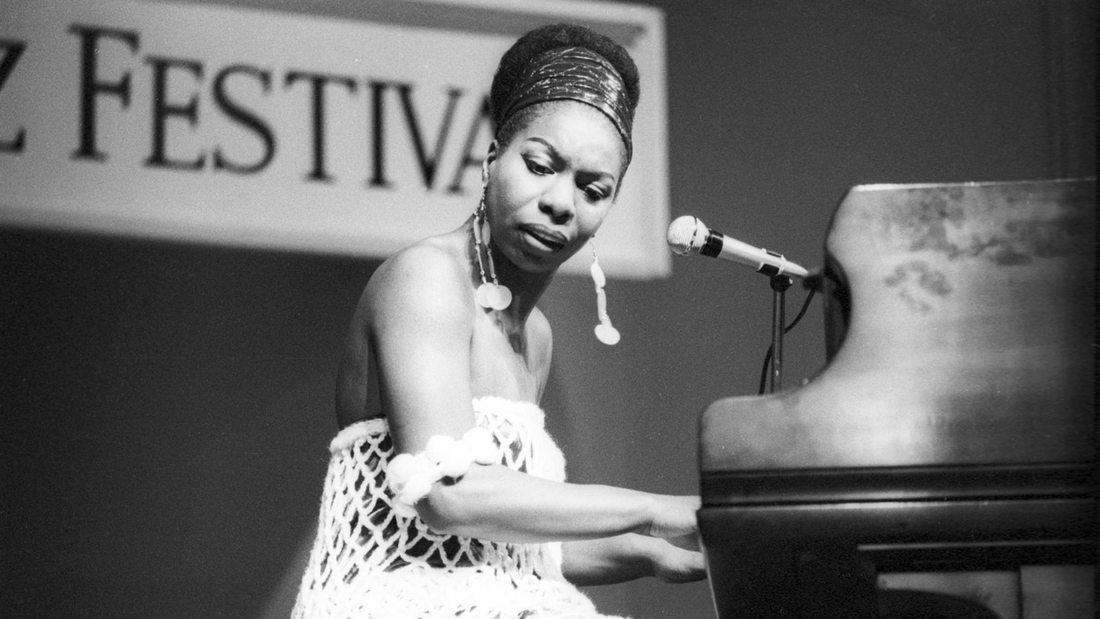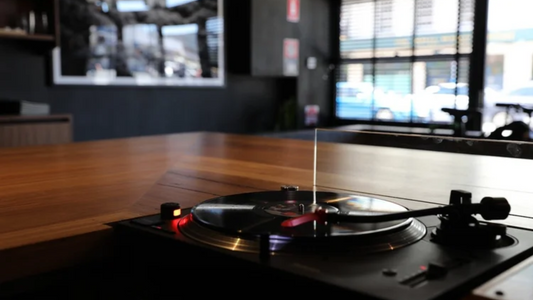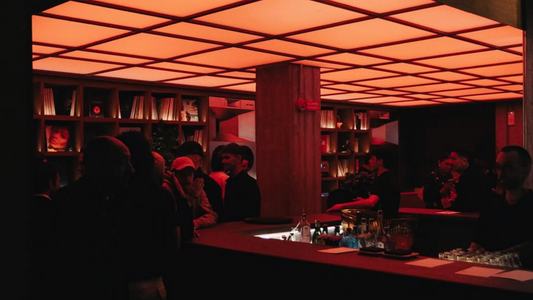
Nina Simone’s Pastel Blues (1965) is raw, intimate, and defiant
By Rafi Mercer
The first thing you notice when Pastel Blues begins is how close Nina feels, how immediate her voice is, as though she is standing not in front of a microphone but in your living room. On a system with reach and truth — say, a pair of Beolab 50s from Bang & Olufsen, where every nuance is revealed — the effect is uncanny. The space between piano and voice collapses. Nina is there, present, commanding, and you find yourself not simply listening to music but to a conversation that feels both private and universal.
Released in 1965 on Philips, Pastel Blues sits at a crossroads of Nina Simone’s career. She had already established herself as both a formidable pianist and a singular voice, one capable of traversing classical training, jazz phrasing, gospel intensity, and the rawness of the blues. What makes this record remarkable is its balance: it is steeped in tradition yet utterly personal, borrowing the forms of the blues while telling stories that could only be hers. It is an album of contrasts — sorrow and resilience, intimacy and power, reflection and determination — and in its contrasts lies its brilliance.
The record’s production is clean, uncluttered, almost stark, which allows Simone’s piano and voice to dominate, but when the supporting musicians step in, they are equally striking. The bass lines walk with subtle insistence, the drums are measured and restrained, the horns add colour when needed. Yet the focus remains Nina, and she commands it fully. Her piano is extraordinary here — not just accompaniment, but equal partner to her voice, moving with independence and delight. At times the two seem to travel in parallel, her hands sketching one story, her voice another, and the result is layered, alive, endlessly compelling.
The album moves quickly. Many of the songs are short, compact, direct. You do not have time to settle before being pulled into the next. It feels like being guided through a series of vignettes, each one sketching a different aspect of human experience. The opening “Be My Husband,” with its handclaps and spare intensity, is both playful and commanding, a love song that carries within it shades of demand and irony. Her version of Billie Holiday’s “Strange Fruit” is devastating, stripped of orchestral adornment, her voice delivering the lyrics with chilling directness, the piano and accompaniment taut with tension. “End of the Line” swings with resignation and wry humour. “Trouble in Mind” is optimistic blues, a smile hidden within sorrow, its brevity only intensifying its impact.
Perhaps the centrepiece of the record is “Sinnerman,” the ten-minute closing track that transforms a traditional spiritual into an extended journey. Here Simone’s piano is relentless, repetitive, propulsive, while her voice soars, pleads, insists. It is a performance that builds and builds, hypnotic and cathartic, carrying both individual and collective weight. On a system capable of holding its dynamics, the track becomes an overwhelming experience, the kind of performance that can transform a room into church.
What strikes most about Pastel Blues is its optimism, even in the face of hardship. The songs confront pain, injustice, and loss, but there is resilience woven through them, a refusal to collapse into despair. Nina’s delivery is unflinching, but within that unflinching truth lies strength, and within that strength lies hope. The record tells stories of life not as lament but as testament. Her voice has that rare quality of sounding like it comes from somewhere beyond the body, while her piano provides momentum, joy, and contrast. The two together create a sense of dialogue, as though she were embodying both question and answer, despair and defiance.
To listen to Pastel Blues deeply, with presence, is to hear not just music but narrative. It is to hear a woman telling the story of her time, her people, her life, through the blues and beyond. It is to be moved not only by her virtuosity but by her honesty, by her willingness to deliver truth in every phrase. The sound may be from 1965, but it feels timeless. Through the Beolab 50s or any system capable of rendering detail, you hear not nostalgia but immediacy. You hear the creak of a chair, the breath between lines, the hammer strike of a piano key. It becomes not a record from the past but a presence in the room.
There is no way to reduce Pastel Blues to a single mood or message. It is a portrait in fragments, a series of blues painted in different shades — some dark, some luminous, all alive. It is a record that moves you physically, intellectually, emotionally, a record that insists you sit with it, follow it, get lost in it. And when it ends, you feel not emptied but charged, as though you have been spoken to directly. That is Nina’s gift: she tells the story of life, and in doing so, she tells your story too.
Rafi Mercer writes about the spaces where music matters. For more stories from Tracks & Tales, subscribe here, or click here to read more.






